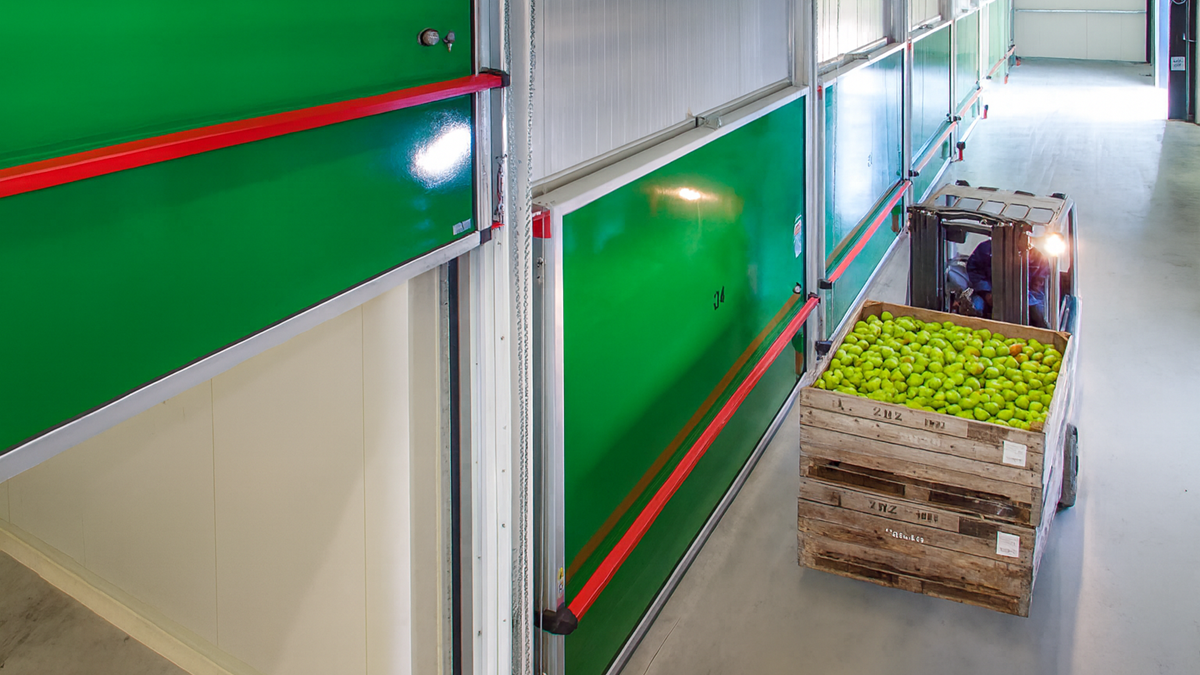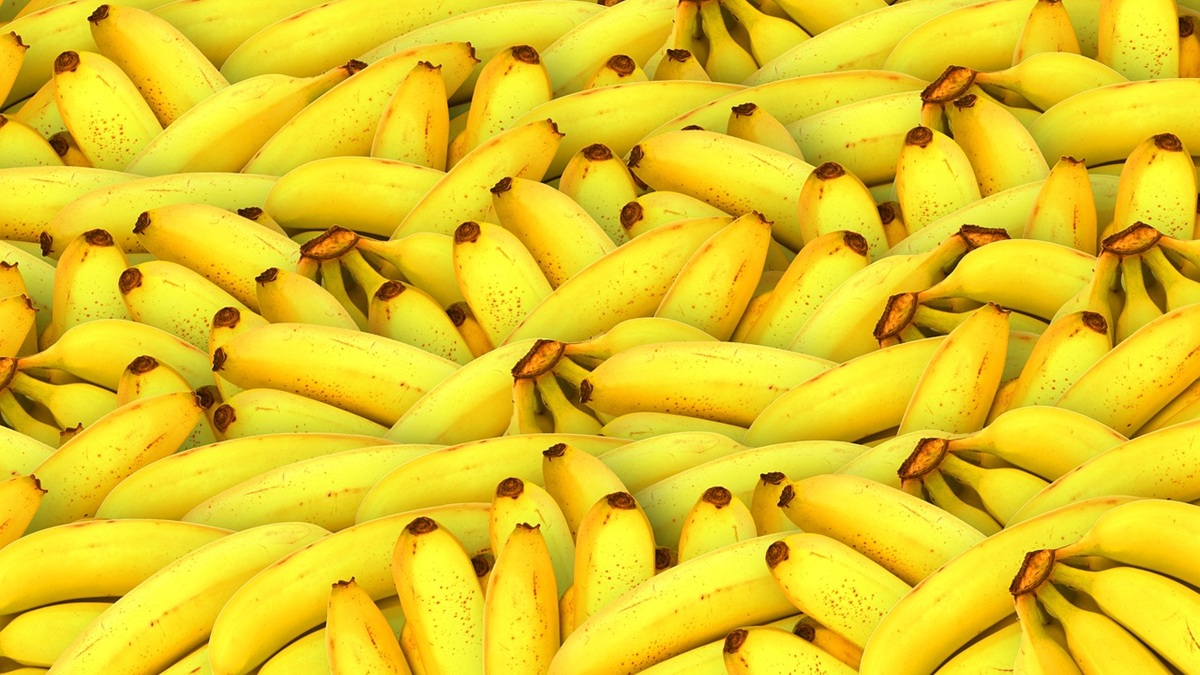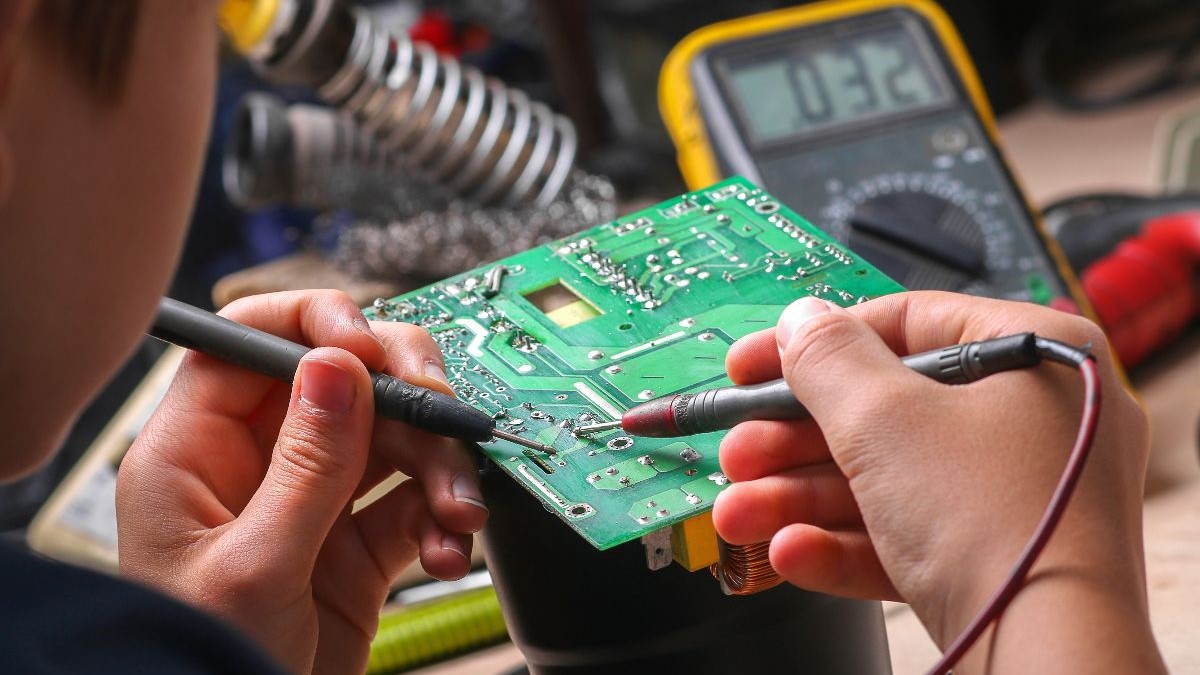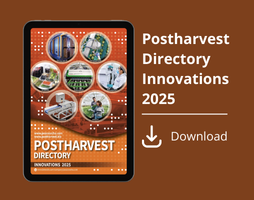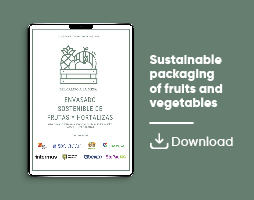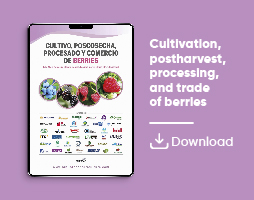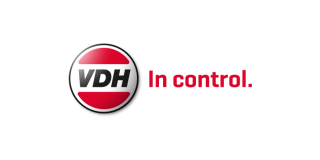

VDH Products
Cooling and CA
Storage of Fruit with CO₂ – The Theme of the Future
Report from the Fruit Storage Knowledge Day in Schnetzenhausen
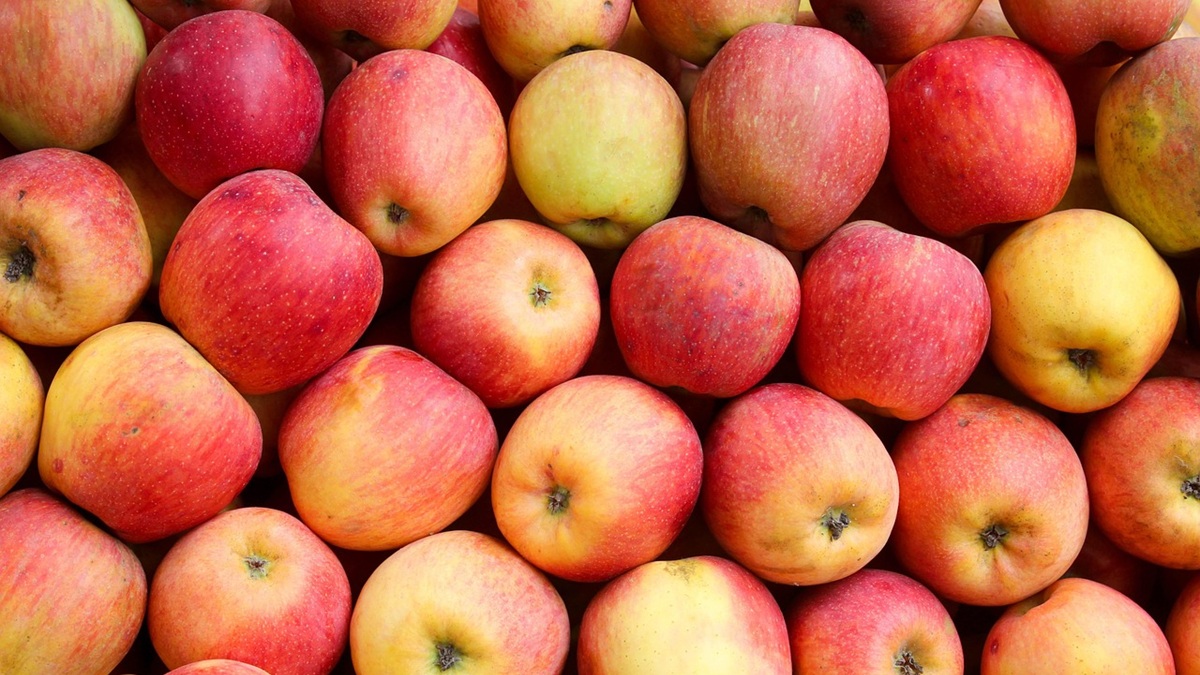
Jacco Smid, Sales Manager at VDH Products, said:
“The future of fruit storage is a broad topic, tied to new technology and major investments, but it is increasingly drawing the attention of environmentalists, users, and thus also fruit growers. The good news is that meaningful, interesting, and advanced solutions using CO₂ technology are already available and suitable for practical application.”
More than 35 fruit growers from Switzerland, France, and Germany participated in the Fruit Storage Knowledge Day. The overall sentiment among participants was: we need to tackle this issue now, better today than five years from now, when demand will spike.
The organizer, VDH Products, is a leading Dutch manufacturer of measurement and control technology, specializing in sectors such as agriculture and fruit cultivation. Jacco Smid noted:
“Our expertise includes the development of advanced control systems for the storage and preservation of soft and hard fruits such as apples, pears, and berries. We also offer solutions for storing and preserving agricultural products, including potatoes and onions.”
Due to the high level of interest, the Fruit Storage Knowledge Day will be repeated on May 20, 2025, at the Forum on the Klein-Altendorf campus in Rheinbach. The event is aimed at: newcomers, installers, experts, IP and organic growers, refreshers, technicians, and processors.
Climate Change Significantly Affects Apple Shelf Life
Under the theme: Disappointment Instead of Satisfaction – Climate Change as a Challenge for Fruit Storage, Dr. Felix Büchele from KOB Bavendorf gave a lecture. Climate change will lead to a shift in available varieties due to its strong influence on harvest times, picking intervals, and apple shelf life. We can show that full bloom now starts 20 days earlier than it did 60 years ago!
He clearly demonstrated how calcium balance in fruit is affected:
“What isn’t stored during fruit set is missing at the end! As the fruit grows, the stored calcium gets diluted, increasing the risk of bitter pit.” He concluded:
- Harvest timing remains the most crucial factor! Older recommendations are becoming less reliable.
- There is a shift in respiration and ethylene production in overripe fruits.
- Climate-induced ripening changes complicate harvest management, increasing the risk of overripe lots in mixed batches.
- Heat and drought stress weaken the immune system, making apples more susceptible to bacteria and fungi; glassiness occurs more frequently.
- Inhomogeneous fruit quality within lots due to stress-related ripening variation complicates standard CA or ULO storage and results in inconsistent storage stability. This increases the need for cooling capacity due to higher storage temperatures.
Dr. Büchele and his team are conducting intensive research into connections such as: the influence of weather during the cell division phase, the relationship between skin color and shelf life, and the effect on anthocyanins in apple skin. He emphasized:
“We are working intensively on solutions for fruit growers.”
The first results are promising, but fruit storage remains a fascinating topic!
No Standard Cooling Project – CO₂ Storage Requires Forward Thinking!
Volker Pelletier of Meilbeck, based in Grünberg, said:
“We have over 30 years of experience in installing and maintaining commercial refrigeration systems and have increasingly specialized in CO₂ technology over the past 15 years.”
Within the BlueUnit network, they collaborate with more than 17 installation companies across Germany.
He stressed:
“Each project must be individually planned and managed. There’s no such thing as a ‘standard project.’ The requirements for fruit storage are too specific, the rooms too varied, and the growers' preferences too unique. Every system is tailored to the customer's needs.”
With an integrated approach, cooling, climate control, and heat generation are cleverly combined. Heat recovery is a key component.
"For fruit growers, the goal should be optimal cooling, high operational reliability, and minimal operating costs."
Key questions before investing:
- What technology/refrigerant/concept should I choose?
- Who can provide me with expert and independent advice?
- Which professional company can I trust with such an investment?
- Does the cooling company have both technical and commercial experience?
- How are service, monitoring, and energy management organized?
- Does the cooling company employ specialized personnel?
He advised:
“Remember, fruit storage needs to be reimagined. CO₂ cooling is a sensible option from an energy perspective, and the technology is mature.”
MC2 & MC3 series – The Latest Generation of Fruit Controllers
Allard van der Meer, software engineer at VDH, presented the new MC2-FC and MC3-FRUIT/COOL controllers. These controllers represent the newest generation of VDH controllers for fruit storage and preservation rooms and various other applications. Their predecessor, the FC 785 series, has proven to be reliable, versatile, economical, and user-friendly worldwide.
The MC2 & MC3 series features a flexible interface for easy programming. The MC2-FC can control one room, while the MC3-FRUIT can manage up to five rooms with more advanced functionalities.
Via the VASP software package, more than 100 controllers can be connected, allowing in-depth analysis of the connected rooms. All controllers communicate via Ethernet.
Van der Meer said:
“Parameters and settings are freely accessible, so you’re not dependent on suppliers or installers. Like all VDH controllers, these models are reliable, versatile, economical, and easy to use – the ideal replacement for older systems like the FC 785-PC.”
Functions include: defrosting, ventilation, network communication, subnetworks, cooling groups, pulse groups, defrost groups, day counters, free counters, and use of the VASP software.
Significant Savings in Power Consumption Possible
Rob Plaat from AgraCool used data to demonstrate where and how much energy can be saved. He shared years of experience from Denmark, the Netherlands, and Belgium and gave an overview of well-known cooling technology companies with positive experiences in CO₂ cooling. Participants were particularly impressed with his detailed comparison of power consumption across different cooling systems. His real-world experiences with CO₂ cooling for clients (in fruit and potato storage) added great value to his presentation.
More Cooling with Lower Electricity Costs
Wim Schmitz, encouraging his audience to reflect, urged:
“More cooling with lower electricity costs should be the motto for future fruit storage.”
He shared hands-on experience with CO₂ cooling and proposed strategies to reduce electricity costs:
- Use scheduled cooling shutdowns
- Depending on the electricity contract, cell cooling can be completely blocked several times a day
- Pay special attention to real-time air circulation based on daytime power usage
- Optimize the use of own power generation/PV systems by blocking cooling at night
- Plan the integration of cooling with own power production and battery storage
He concluded his informative and practical presentation:
“Storage becomes expensive when savings are made at the wrong time.”


